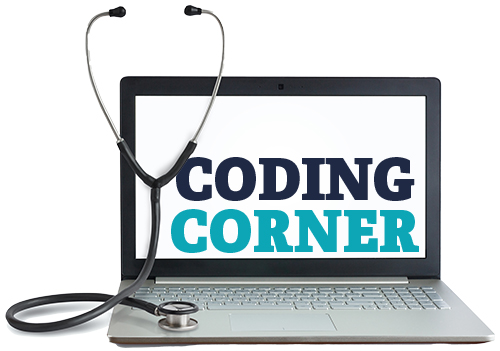 An 82-year-old female with a history of hypertension and stage 3 chronic kidney disease (CKD) was admitted with fever, hypotension, and confusion. The workup revealed Escherichia coli bacteremia due to a urinary tract infection. She developed acute kidney injury requiring IV fluids and monitoring. Labs showed a troponin level of 0.22 ng/mL (reference, less than 0.04). Her ECG showed no ischemic changes, and she had no chest pain or dyspnea. The hospitalist team noted the elevated troponin as likely secondary to demand ischemia from sepsis and renal failure.
An 82-year-old female with a history of hypertension and stage 3 chronic kidney disease (CKD) was admitted with fever, hypotension, and confusion. The workup revealed Escherichia coli bacteremia due to a urinary tract infection. She developed acute kidney injury requiring IV fluids and monitoring. Labs showed a troponin level of 0.22 ng/mL (reference, less than 0.04). Her ECG showed no ischemic changes, and she had no chest pain or dyspnea. The hospitalist team noted the elevated troponin as likely secondary to demand ischemia from sepsis and renal failure.
What documentation is most accurate for this situation?
The final diagnosis will include sepsis, acute renal failure, and non-ischemic myocardial injury. Elevated troponin above the 99th percentile alone does not justify myocardial infarction (MI) coding. Documentation must specify which of the following the elevation reflects: Type 1 MI, which is plaque rupture or acute coronary syndrome with ischemia (can be documented as ST-segment elevation myocardial infarction or non-ST-segment elevation myocardial infarction depending on ECG findings); Type 2 MI, which is supply-demand mismatch with ischemia (needs ischemic symptoms, ECG changes, or imaging evidence of ischemia); or non-ischemic myocardial injury, which reflects elevated troponin without symptoms of ischemia, ECG changes, or imaging evidence of ischemia, such as in the setting of sepsis or acute renal failure. Coders require this distinction, as it affects diagnostic-related group classification and reimbursement.
Tip
Don’t document “elevated troponin” in isolation. Specify: Type 1 MI, Type 2 MI, or non-ischemic myocardial injury based on symptoms, ECG changes, and imaging findings. This distinction ensures accurate coding, complexity, and reflects appropriate care. In sepsis or renal failure, “non-ischemic myocardial injury” is often the most accurate term.
Dr. Ali is the associate program director of internal medicine residency at Endeavor Health-North Shore Hospitals in Chicago.